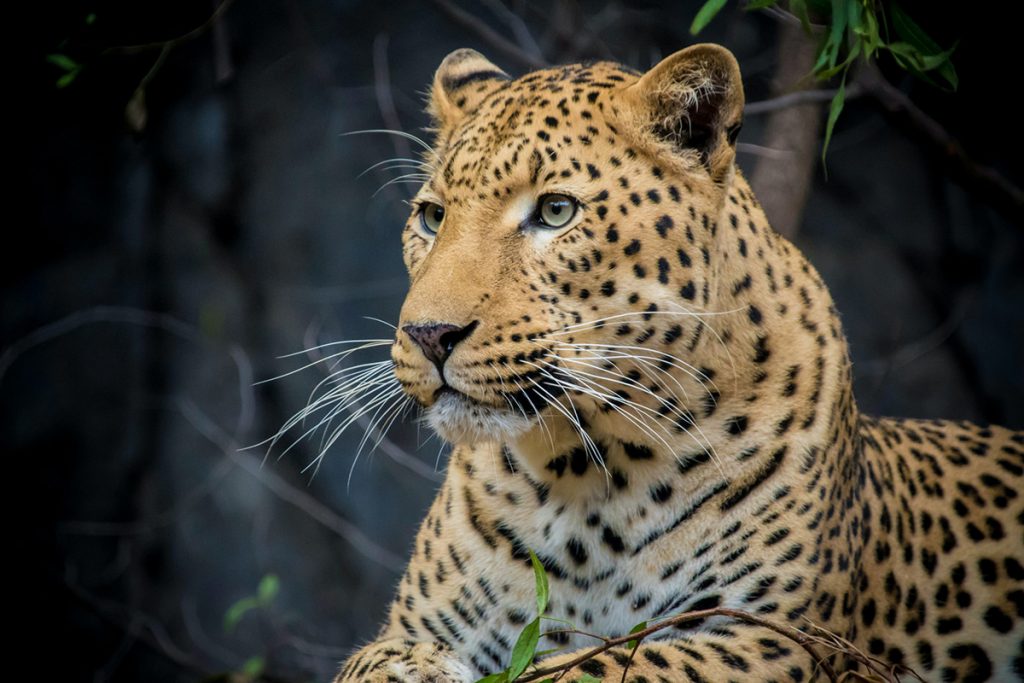The Charity is aiming to conserve natural ecosystems and biodiversity in the tropics and where wildlife diversity is at risk. Founded in 2007, it has invested more than $27 million across Latin America, Africa, and Asia by supporting 46 projects in partnership with local NGOs.
What is biodiversity?
In few words, biodiversity is the variety of all living things on our planet. It comprises all species along with their genetic variation and the interaction within the ecosystem.
Why battling biodiversity loss matter?
Over the last two decades, biodiversity loss became a primary environmental concern. Ecosystems’ future sustainability is in real danger due to the increasing pressure on the environment by human needs and the negative impact of human activities, which jeopardized plants and animal species’ structure and function.
Clean air, fresh water, and crop pollination are all provided due to biodiversity and living organisms’ dynamic interactions. The disappearance of one species breaks the chain of a healthy life, and we cannot know precisely the consequences of mass extinctions for humans. In the past, mass extinction happened five times, as per scientists. Some believe that we are witnessing a sixth mass extinction that can be bypassed through intensified conservation efforts.
Why supporting ICFC?
ICFC is among the top 100 charities rated by Charity Intelligence Canada with a five-star rating. It won the 2020 Nature Inspiration Award from the Canadian Museum of Nature.
A core group of donors supports overhead and administrative costs. As a result, 100% of donations go entirely to funding projects, directly impacting the protection of natural ecosystems and threat reduction.
The Charity has partners with experienced non-governmental organizations in different countries. Each project’s effect is fully disclosed on all levels: financially, socially, and ecologically while involving local communities in conservation efforts.
Projects
ICFC projects are classified under four main areas: Land Conservation, Threatened Species, Shorebird Initiative, and Marine Conservation.
- Land Conservation (63% of program spending):
The Charity has focused on ecological sustainability by protecting huge landscape areas and undertaking land acquisitions of sites at risk and rich in biodiversity. The goal is to have private reserves managed by local field partners.
Lands with the presence of threatened and rare species are potential targets. In some areas, the acquisition of land is not required since legal protection is present. Only local support to NGOs for their continuity was needed, like supporting the Kayapo in the Amazon.
ICFC has successfully protected over 15 million hectares of land.
- Threatened Species (20% of program spending):
ICFC focuses on the tropical system in general rather than particular species. However, all projects protect habitat for species with significant threats such as rampant egg harvesting and illegal hunting.
ICFC reported that it has protected lands encompassing 268 species.
- Shorebird Initiative (8% of program spending):
There are approximately 217 species of shorebirds in the world. The numbers of some of these species are in rapid decline. The projects under this initiative are intended to secure wintering and stopover sites during the long-distance migration journey of shorebirds.
- Marine Conservation (3% of program spending):
Marine biodiversity is suffering from the negative impact of pollution, coastal development, over-fishing, and climate change. This results in global social, economic, and biological consequences, which could threaten healthy human existence.
ICFC is currently protecting 22,000 hectares of Lake Malawi and 11,354 hectares of Kep Bay in Cambodia.
ICFC 2021 Impact
ICFC projects’ benefit is not quantifiable since beneficiaries are not limited to countries where projects are managed. Instead, the entire world benefits from climate change mitigation.
In addition to current projects, three land purchases are considered for 2021:
- In Belize, the land secures wildlife of tapirs and jaguars.
- In Nepal, the target land provides greater protection for hundreds of critically endangered bird species.
- In Ecuador, the project helps to safeguard 23,000 hectares of rainforest.
ICFC is securing the survival of valuable natural heritage for future generations.
Final Thoughts
Canada has always been a nature conservation leader by supporting projects within its borders. Support for international threatened areas where biodiversity is in danger is of equal importance. That’s why Canada should lead the worldwide conservation activity.
The COVID-19 pandemic is the perfect example of how ecosystem manipulation and human pressure on nature exposed the globe to unexpected deadly health risks. When the balance between natural and human systems was neglected, life became at risk.
The costs of inaction on biodiversity loss are extremely high. More support for tropical conservation is needed. Investors can play a significant role in addressing the issue. That’s why investing in ESG strategies and contributing to the ICFC is essential for:
- Conserving biodiversity;
- Mitigating climate change;
- Securing natural reserves.
In the end, other species matter, and they need our support.
